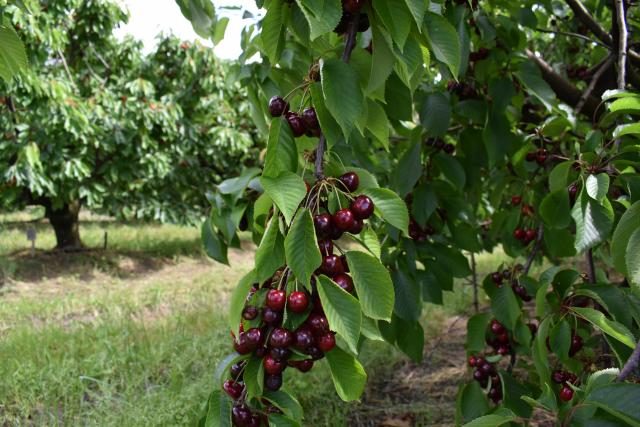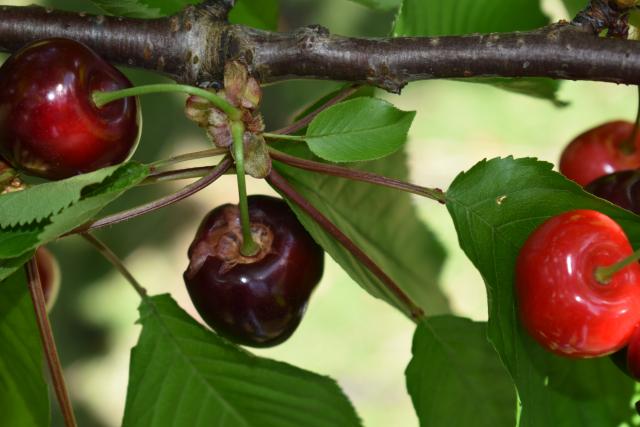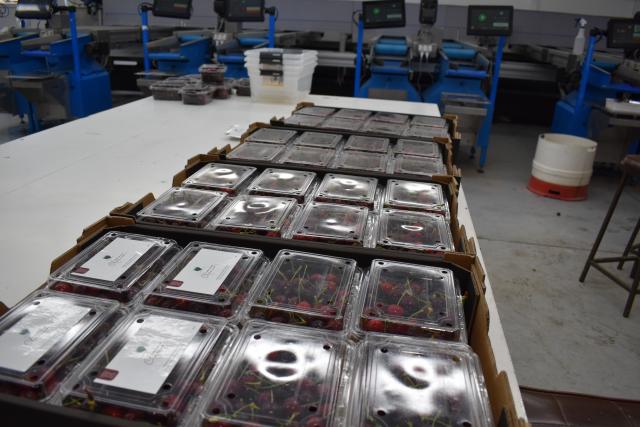
By Callum Ludwig
The wild weather caused by the third edition of La Nina is causing concerns about the stocks of the popular Christmas fruit, with the cherry season set to begin.
The Victorian cherry season usually begins in the first or second week of November and continues until early February, with the peak season generally occurring in the weeks leading up to Christmas.
Owner of Yarra Valley Cherries in Seville Andrew Fairley said manager Peter Foster believes Yarra Valley Cherries has one of the biggest crops they’ve had for a long time.
“The real challenge for us is whether or not we’re going to continue to get the level of rain that we have been getting in in the Yarra Valley. The greatest danger for really good quality premium fruit is rain. If you get consistent rain, particularly drizzle, it will sit in the lip of the fruit, it’ll crack the lip,” he said.
“These can sometimes still be used for juice and jams but if it is humid and mould starts to develop, they can’t be used for anything. In the coming six weeks, it’s got to stop raining for us.”
A report from Rabobank Australia found a decrease in the total production of cherries of around 15 per cent and a decrease in exports of around 20 per cent in the 2021 season.
Mr Fairley said some growers cover their cherries, but it is very expensive.
“It is hugely expensive to have rain covers, and we haven’t been able to do that. We do cover them when the fruit is almost ready to protect them from bird damage, but you are at the whim of the elements as a cherry grower,” he said.
“I think we will see there’ll be some parts of Victoria, which are more affected than others because every year the rain and storm patterns are slightly different, but somebody will get hit hard and if there are adverse conditions in multiple locations, there will be a real shortage of cherries this year.”
Yarra Valley Cherries has already seen costs rise, fertiliser has gone up about 30 per cent and there has been rising labour and electricity costs. This has resulted in an almost $5 increase in price for a two-kilo box.
Mr Fairley said despite the challenges, he loves being a cherry grower growing the best possible premium fruit.
“We’ve had some difficult years in the last couple of years, and this is going to be another potentially difficult year. If you had a pessimistic view of where the weather was going to take you in the next few years, you’d probably get out of the cherry-growing business, but I’m a born optimist,” he said.
“Because when people come to our shop and buy our product, and they come back again, the week after and say they are the best cherries they’ve ever tasted, it’s an incredible endorsement of the work that we put in to grow a terrific product.”








